Over the past 6 years, the 143-year-old church has completed the tiled roof and is renovating the two zinc towers, bell tower, and cross, all materials imported from Europe.
On the morning of December 23, a group of workers and engineers were working on the base of the zinc tower, nearly 34 meters above the ground. To get there, they used a 29-story elevator system of scaffolding installed around the church. Each worker meticulously installed bolts and screws to reinforce the surrounding steel frames. The outside of the tower was covered with tarpaulin to prevent the heat and rainwater from affecting the ancient building being restored.
Scaffolding was installed more than 60 meters high around the two bell towers and zinc towers of the church for restoration on the morning of December 23. Photo: Thanh Tung
Construction began in 2017 and Notre Dame Cathedral was originally scheduled to be renovated in 2-3 years, but due to extensive damage to the structure, the outbreak of Covid-19, the war disrupting the supply of materials, and increasing prices, it is expected to last until 2027. The renovation cost will be more than the previously estimated VND140 billion. Currently, the cathedral is being renovated in four main areas, including the zinc tower, bell tower, tiled roof, and decorative brick walls, of which the zinc tower is the most difficult area.
Father Ignatius Ho Van Xuan, head of the church’s restoration committee, said that when he first went up to the zinc tower, he saw everything “almost in ruins”. After 120 years, the zinc roof was damaged, cracked, and many places were blown away by the wind, creating gaps when it rained and water accumulated at the corners of the tower, severely damaging the structure. The running water eroded many areas decorated with Pierre de Paris limestone. The steel bars were rusted, rotten, and weak, so when standing on the pedestal of this tower, one felt it shaking.
The design of the church from top to bottom is divided into 5 floors, including the highest peak is a zinc tower over 26 m high with two steel crosses, the bell tower floor is nearly 9 m high, the rose window - clock floor, the mezzanine floor and the bottom is the chapel.
Logically, the restoration was carried out from top to bottom, so the zinc tower was built first. This tower is placed on a support made of Pierre de Paris stone blocks and a cement base with a steel core inside. Over time, these two parts have been damaged, the cement has rotted and shifted in some places, and many cracks have developed.
The Pirre de Masangis stone blocks were lifted to a height of 30 m to serve as a base for the zinc tower to replace the previously cracked bricks and mortar. Photo: Thanh Tung
To restore and replace the Pierre de Masangis stone blocks, experts and workers had to dismantle and bring down to the ground the existing Pierre de Paris stone blocks. There were corner blocks weighing more than 2 tons, and the old mortar and jointing layers had to be chiseled away. All materials were imported from Europe.
According to Father Ho Van Xuan, the Pierre de Massangis limestone was imported from France, processed and handcrafted by the Monument Group in Belgium - the unit responsible for the restoration of the church. This type of stone has a similar color but is harder than the existing Pierre de Paris stone. The total volume of imported stone used for reinforcement and decorative sculpture is nearly 90 tons, including a block weighing more than one ton. The old stone blocks, after being removed, will be reused for other items.
Next, workers had to reinforce the 16 steel pillars of the two zinc towers. According to calculations, this system can withstand a weight of 72 tons, more than three times the total weight of the zinc tower, which is 23 tons. The steel pillars are connected to 16 radial iron anchors, radiating to many directions inside the tower. The design of these anchors is modeled after the Eiffel Tower in Paris (France), keeping the structure from being affected by strong winds at high altitudes.
To reinforce the inner frame of the tower, the construction unit used more than 600 types of bolts, screws, and rivets imported from Germany. More than 2/3 of these had to be specially manufactured to fit the old drilled holes. Some anchor bars had to be made of pure gold-plated titanium to withstand external impacts and hot climates.
Mr. Mark Willems, Technical Director of the restoration project, stands among steel bars connected by rivets designed in the style of the French Eiffel Tower. Photo: Thanh Tung
Mr. Mark Willems, Technical Director of the restoration project, said that every day there are about 40 workers and engineers divided into many groups working at the church. Each group is in charge of a small part of the project. Before working, they have to learn theory and how to use specialized machinery. Not to mention nearly 20 people in the office to supervise the daily construction.
The restoration of the church must ensure that the original design is preserved, with minimal damage to the structure. Therefore, in addition to a highly trained technical team, many machines are specially designed abroad, from drilling machines to probe wooden columns in the bell tower to brick cutting machines. These devices all have drill bits and diamond saw blades to ensure technical requirements.
The project technical director cited that at the time of the church's construction, there was no stainless steel material, so when replacing the iron bars with this material, a special type had to be ordered. Some types of screws used in the church's construction had a diameter of 17 mm, but the current standard is 16 or 18 mm. Therefore, the construction side had to find separate suppliers. The Azengar plus decorative zinc panels for the tallest tower had to be produced in France and took 7 years to complete.
Having been involved in the project since 2016, Mr. Mark Willems said that the restoration of the 143-year-old building was very complicated. Having participated in the restoration of the more than 800-year-old Tournai Cathedral or the Notre Dame Cathedral in Paris, he could not apply his experience from previous places to the Notre Dame Cathedral in Saigon because of the differences in structure. “Each church is a unique building,” he said.
Along with repairing the zinc tower, workers and experts began replacing old, damaged bricks on the wall from a height of 30 m. This is a task that requires a high level of meticulousness. The broken bricks were chiseled away and replaced with bricks handmade in Germany.
Workers chisel each damaged brick, measure and cut it, attach it to the wall, then inject mortar to fix it. Photo: Thanh Tung
Workers must remove each brick, use a cutter to cut it to the right size, then use a machine or a cylinder to pump three separate types of mortar to fill the gaps inside the masonry wall, the joints between them. The rows of bricks must be arranged in a cross shape, placed horizontally and vertically to create a locking point to increase the load-bearing capacity. The brick walls of the church are up to 1.2 m thick, of which the wall of the bell tower is up to 1.4 m thick to support the 30-ton bell set.
In addition to the challenges of renovating the above items, the church also faces the problem of water seeping back from underground to a height of nearly 8 meters above the wall in the sanctuary. This causes the wall and column structure to become moldy, and the mortar to oxidize into fine powder. Over the past four years, the construction unit has continuously taken samples of the mortar that has seeped from the wall and sent them to Belgium for analysis to find a solution.
According to the head of the church restoration committee, it has taken more than 6 years for the church to complete the new roofing. The items that need to be repaired, such as the bell tower and zinc tower, have reached 50% of their volume.
The restoration process also encountered many problems, such as in early March 2023, two 128-year-old crosses, 4 m high, weighing 600 kg each on top of the zinc tower were removed and taken to Belgium for restoration. However, the crosses were rusted and had holes, and after repair could not be used for a long time, so the church had to order new, gold-plated ones to replace them.
In the next 4 years, the project is expected to complete the restoration of the bell tower and zinc tower by the end of 2024. In addition to the repair items, the church also designed many new systems such as lighting, ventilation, and organ.
For the artistic lighting system, the Restoration Committee turned to a famous Italian lighting design company based in Milan. This unit has designed the lighting for the Notre Dame Cathedral of Milan, the Milan Cathedral Museum, Milan's Malpensa International Airport, and other famous architectural works, museums, and churches in Florence, Naples, and Venice.
Three experts from the lighting design unit came to survey inside and around the church, officially conducting research and design. Next, the church will order a new organ to replace the old one that has been in place since the inauguration of the church in 1880 but has been severely damaged.
In the near future, the Restoration Committee will design and install scaffolding to restore the interior of the church. This scaffolding will be installed in a V-shaped style with two arms extending upwards, leaving space below for parishioners to attend mass.
Saigon Notre Dame Cathedral was built in 1877, completed after 3 years and was conferred the title of Minor Basilica by the Vatican in 1959. This is a unique architectural work from the French colonial period designed by architect J. Bourard. The building is 60.5 m high, of which the zinc tower and bell tower account for more than half, 26 m and 11 m high respectively.
Located in the center of District 1 and the Cathedral of the Archdiocese of Ho Chi Minh City, this is a place where people often gather on holidays, Tet, especially Christmas. On weekdays, the area around the church is a familiar place for many young people, a tourist attraction for international tourists.
According to Dinh Van/VnExpress
Source


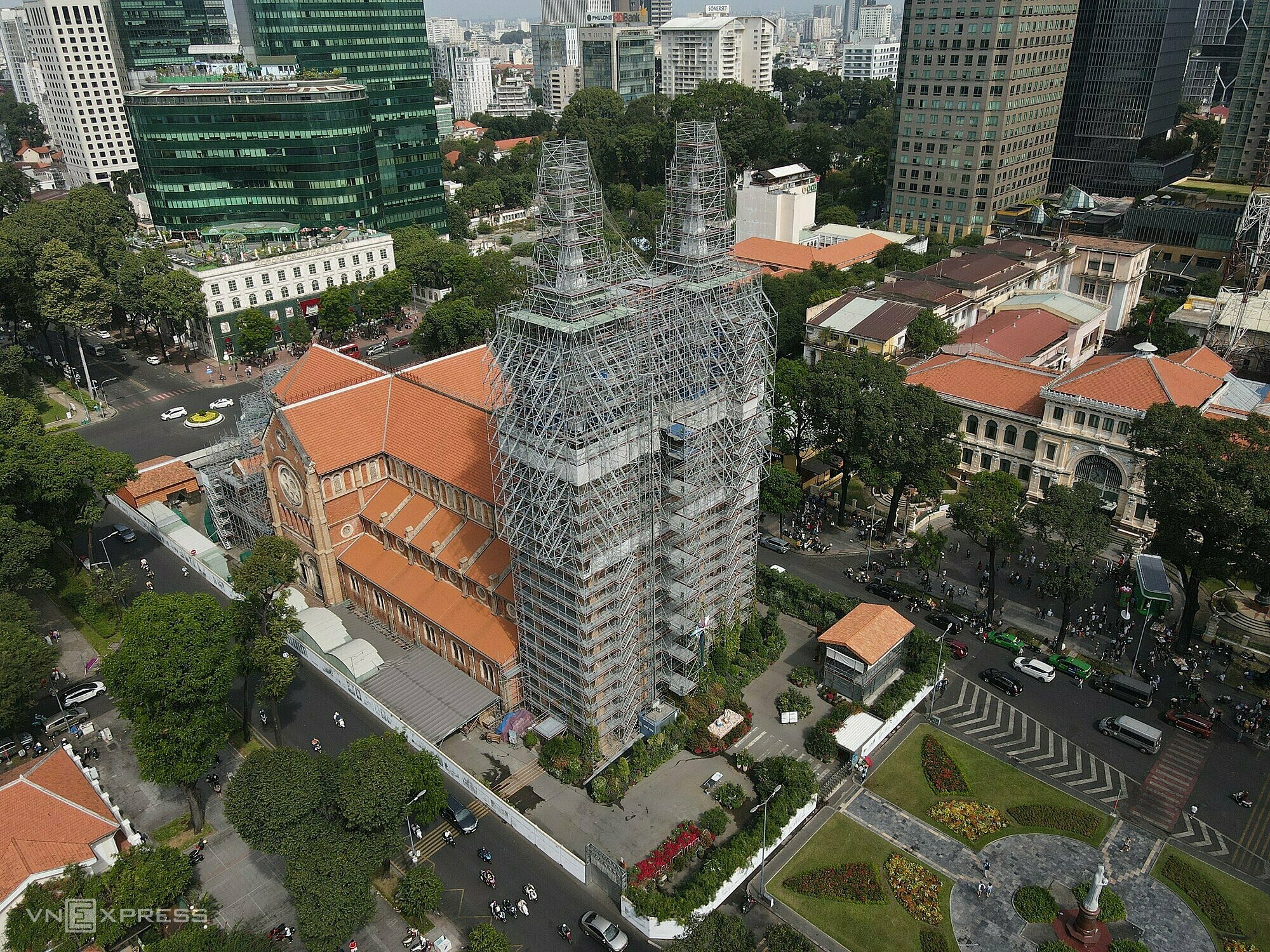
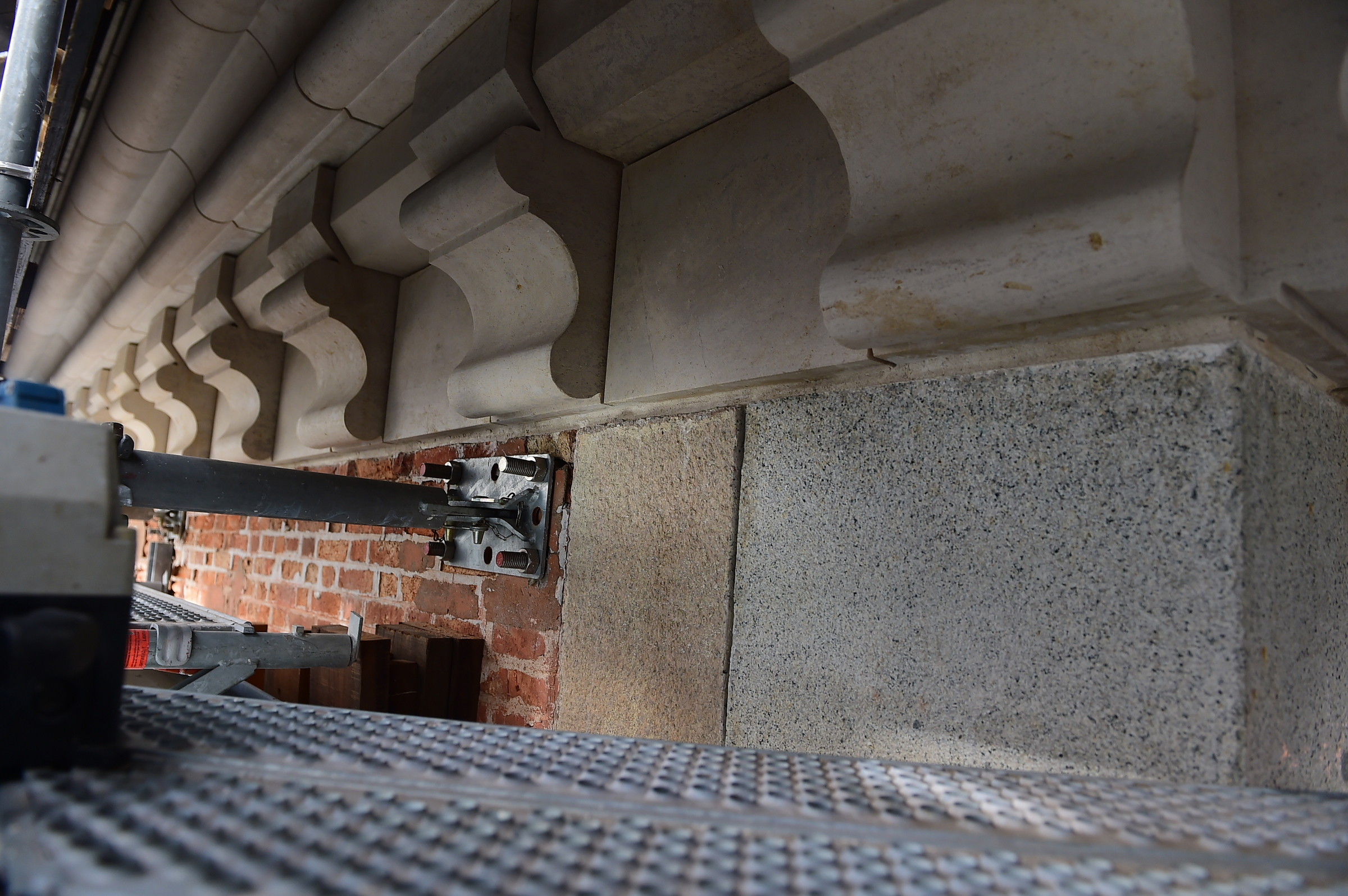
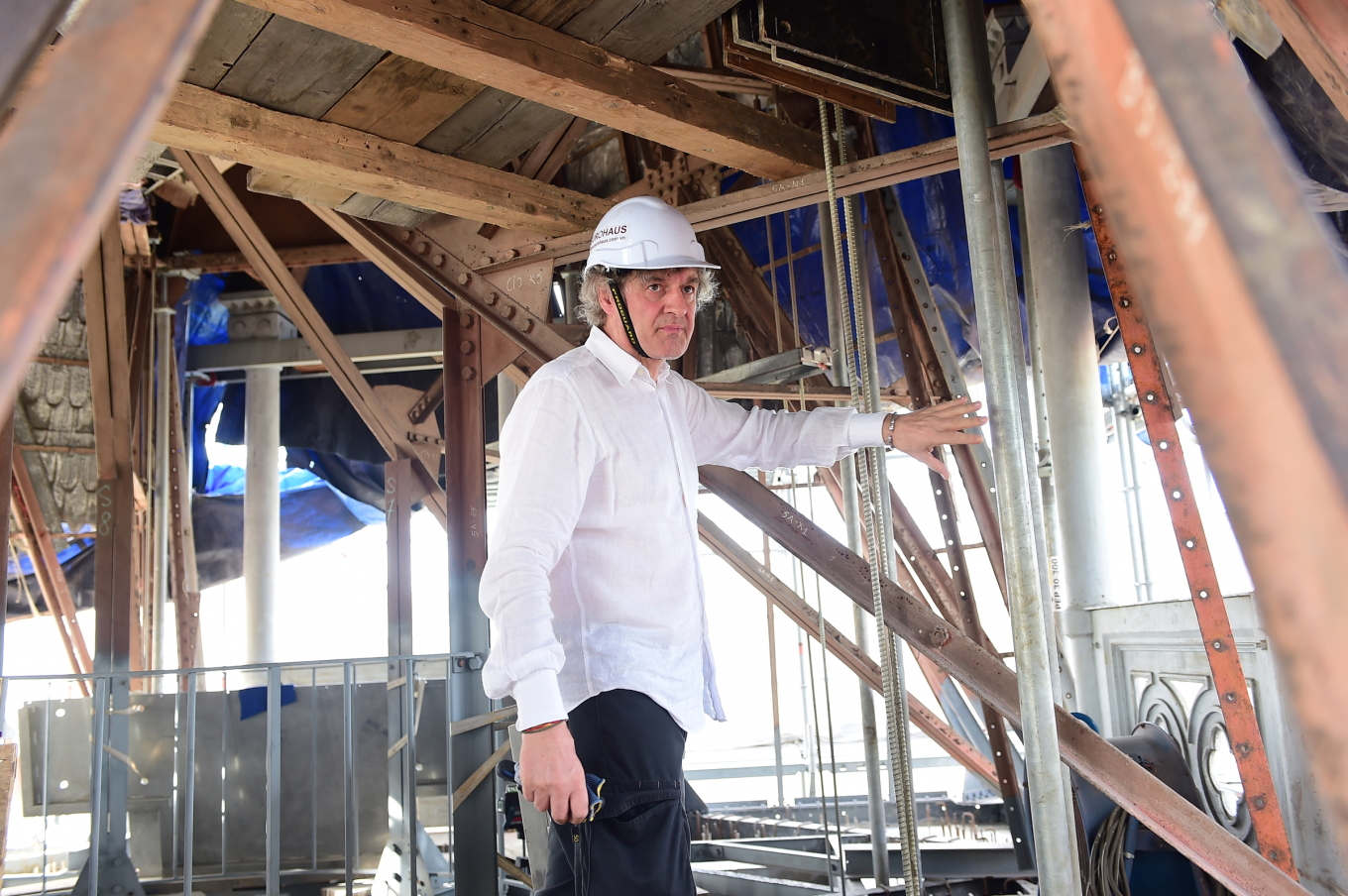
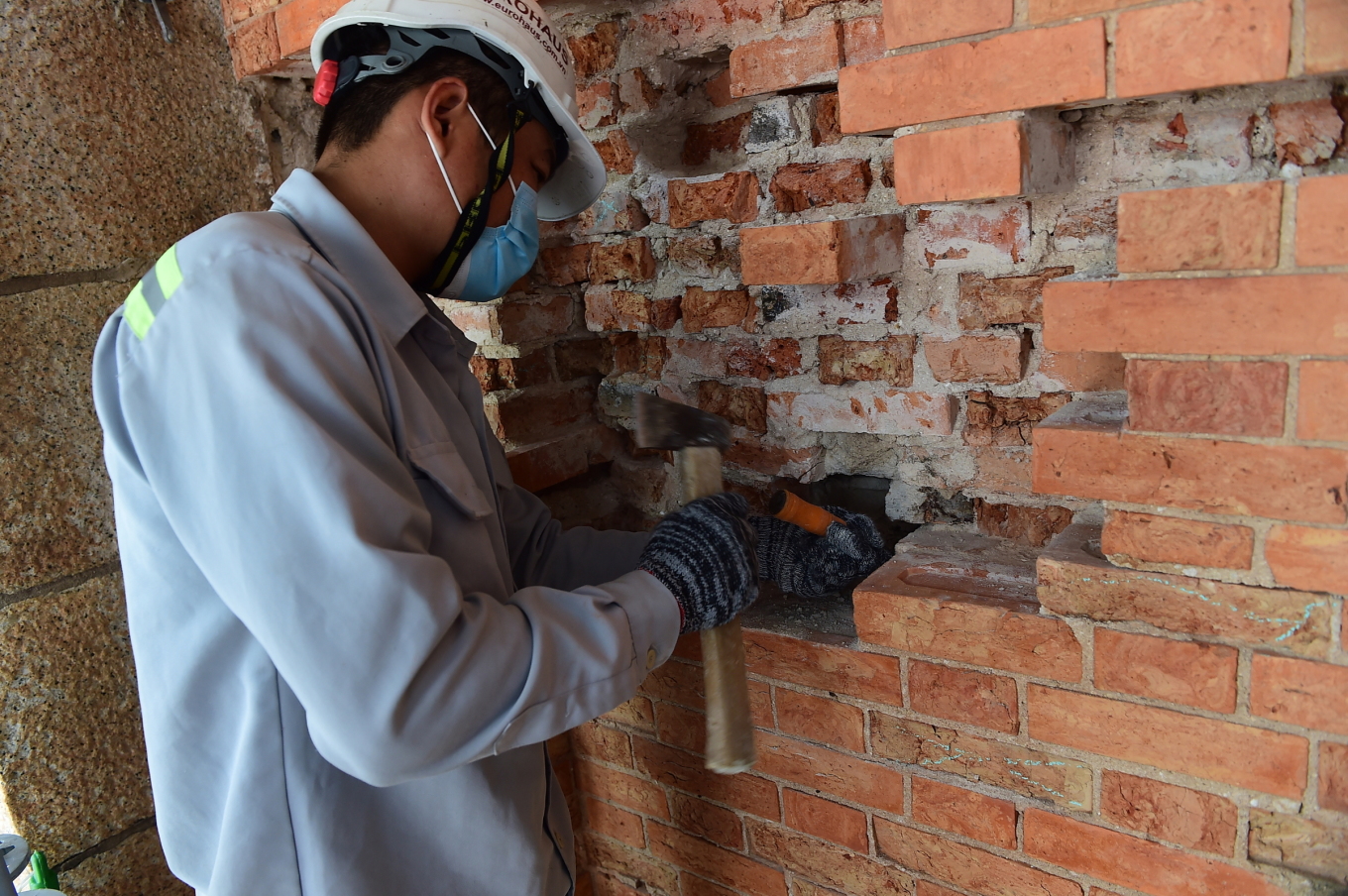



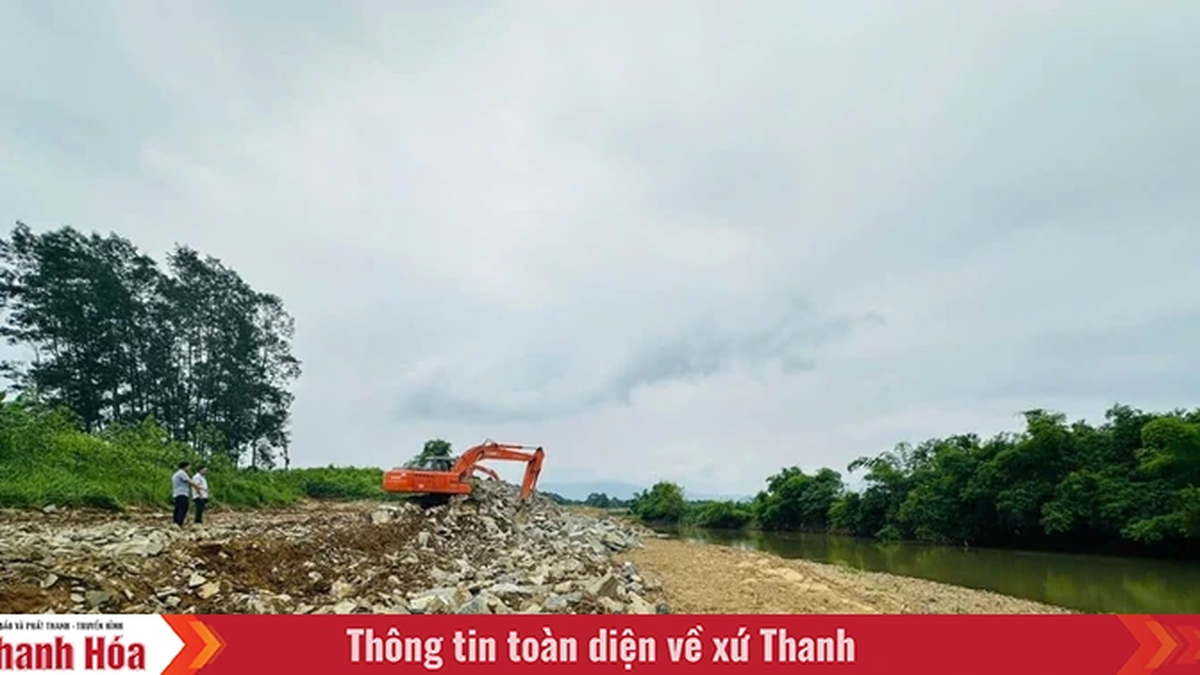




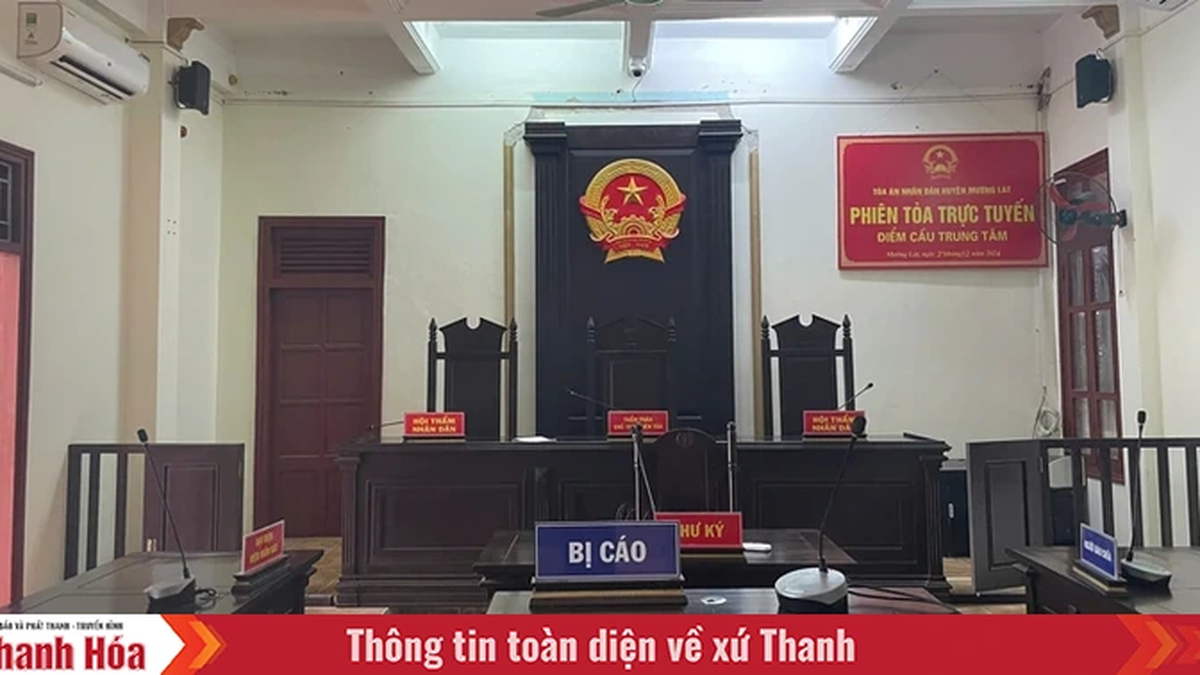















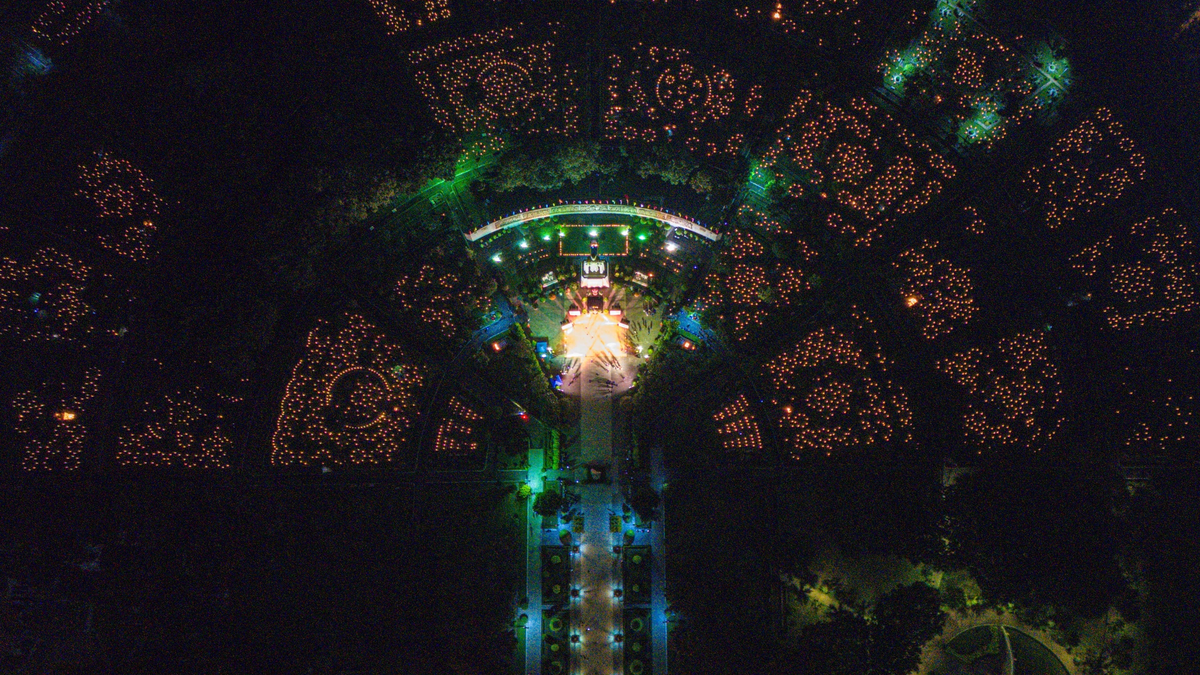







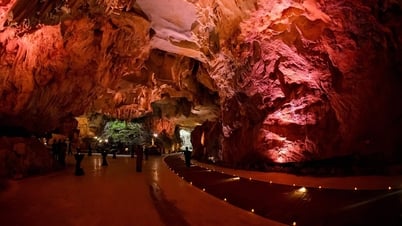




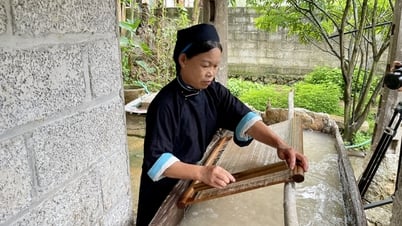

























![[Photo] National Assembly Chairman Tran Thanh Man receives Chairman of Morocco-Vietnam Friendship Association](https://vphoto.vietnam.vn/thumb/402x226/vietnam/resource/IMAGE/2025/7/26/b5fb486562044db9a5e95efb6dc6a263)
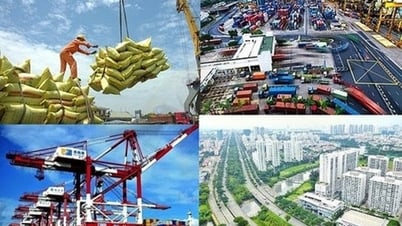




































Comment (0)